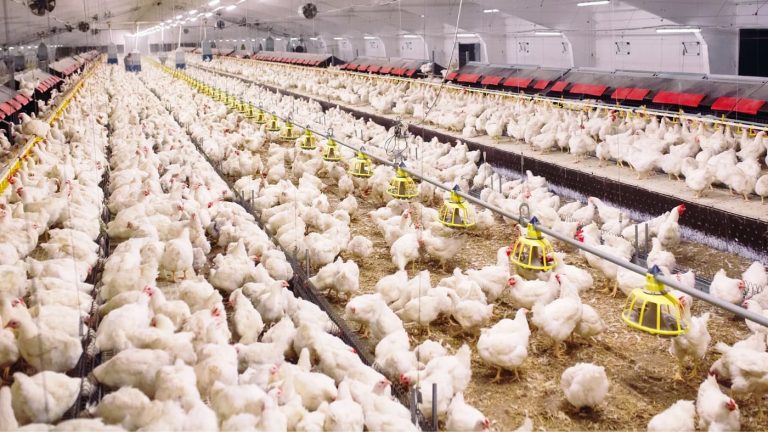Poultry farming in one of the lucrative farming enterprises in most countries in Agriculture sector. Poultry meat mainly comes from two sources: broilers and cockerel. The small poultry farmer prefers to rear cockerel than broiler because of low cost and lesser susceptibility to disease compared to broiler production.
Cockerels are raised in both urban and rural areas. Cockerel is a male chicken under one year of age.
Benefit of Cockerel production or farming;
- The meat is tasty and well-accepted
- There is no taboo against eating of the meat
- It can be raised on small and large-scale.
- Cockerel is hardy and less susceptible to disease compared to other poultry
- It can be raised under intensive and semi-intensive system of production.
- The meat is low in fat and cholesterol compared to broiler’s meat
- It is commonly raised by local people
- It is a good source of animal protein and it is of high biologicalvalue.
- It is a good source of income to farmers
- The business can be combined with other farm business
- The day old cockerel could be easily sourced.
- Cockerel marketing is all year round and not seasonal.
- At maturity it can reach market weight of 3-4kg.
There are different types of cockerel breeds in the world. The breeds could be classified as; (i) Local cockerel (ii) Exotic cockerel.
Types of Exotic Breeds of Cockerel Chicken
A) Australorp
Origin – Australia
Classification – Heavy breed
Weight – 3.20 – 3.60kg
Colours available- Black
B) Gold Laced Wvandottes
Origin – North America
Classification – Heavy breed
Egg colour – Tinted
Weights – 3.20 – 3.80
C) Rhode Island Reds
Origin – North America
Classification – Heavy Breed, Soft Feather
Egg colour – Tinted to brown
Weights – 3.00 – 3.60kg
Colours available- Red
D) Plymouth Rocks
Origin – North America
Classification – Heavy Breed, Soft Feather
Weights – 3.6 – 4.30kg
E) Silkies
Origin – Asia
Classification – Light Breed, Soft feather
Weights – 1.20 – 1.50kg
Colours available- White, Black, Lavender, Blue, Partridge.
F) Light Sussex
Origin – Britain
Classification – Heavy Breed, Soft feather
Weight – 3.20 – 3.60kg
Colour available- Light
G) Rhode Island Whites
Origin – North America
Classification – Heavy Breed, Soft feather
Egg colour – Tinted to brown
Weights – 3.40 – 3.90kg
Coloures available- White
H) Speckled Sussex
Origin – Britain
Classification – Heavy Breed, Soft feather
Egg colour – Tinted
Weights – 3.60 – 4.10kg
Colours available- Speckled.
LOCAL COCKEREL
It is of small stature. The colour varies from one region to the others. It is hardy and reared mainly under extensive system of production where they roam about and fend for themselves. The matire size could reach up to 2.5kg
Classification of Cockerel
Name – Cockerel
Kingdom – Animalia
Order – Galliformes
Family – Phasianidae
Genus – Gallus
Specie – gallus or domesticus
Zoological Name – Gallus gallus or Gallus domesticus

